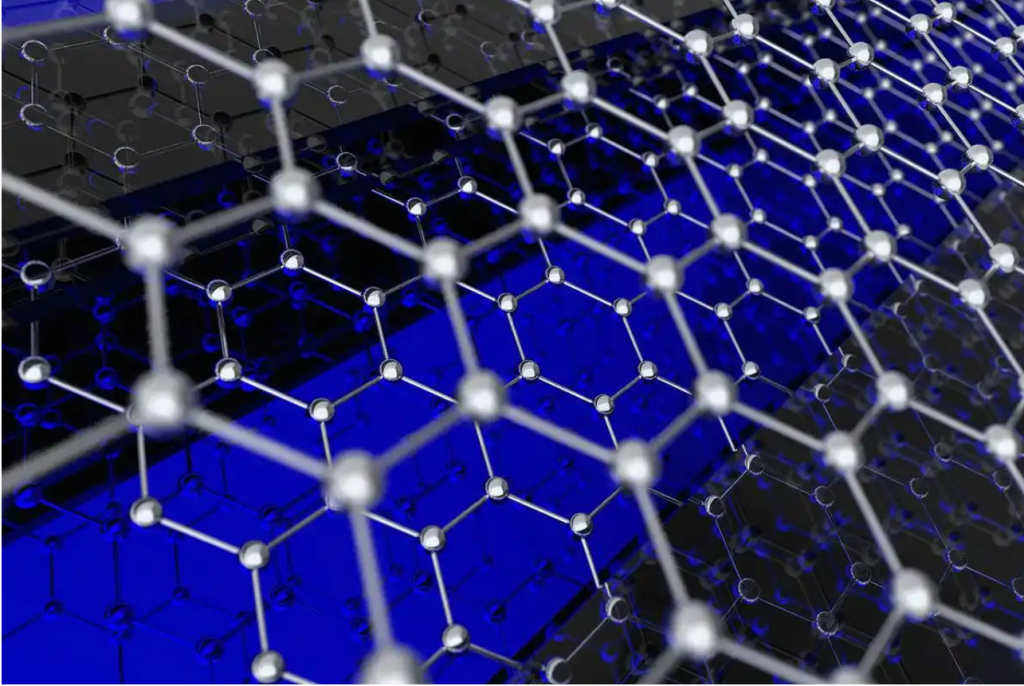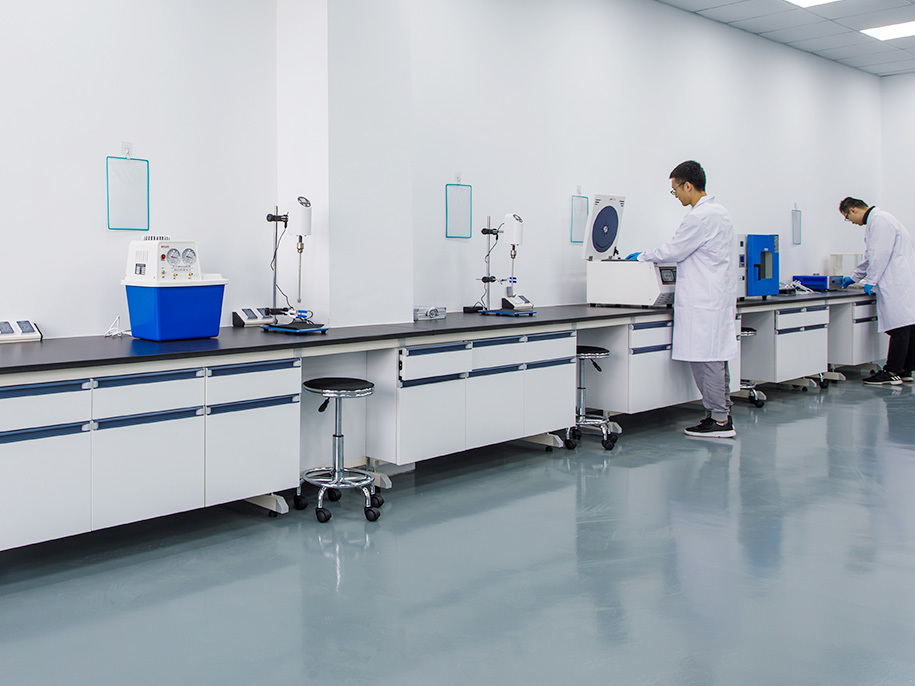How Much Does Graphene Cost?
Graphene is a remarkable material that has gained significant attention in industries ranging from electronics to energy storage. Known for its strength, conductivity, and flexibility, graphene is often referred to as a “wonder material.” However, one of the biggest questions surrounding graphene remains: How much does graphene cost?
The price of graphene varies greatly depending on several factors, including its form (e.g., powder, film, oxide), quality, production method, and quantity. Here is a breakdown of the general pricing into different categories to help you better understand the costs associated with graphene.

How Much is Graphene?
The Cost of Graphene The price of graphene can fluctuate based on its form, purity, and the manufacturing process used to produce it. Below is an overview of the typical costs across various categories.
Graphene for Research & Lab Use For small-scale research applications, high-quality graphene can cost anywhere between $500 to $5,000 per gram, depending on purity and form (e.g., monolayer graphene, few-layer graphene). Research-grade graphene is typically more expensive due to its stringent quality requirements, such as high purity and uniformity.
Commercial-Grade Graphene For larger quantities, graphene prices can be more affordable. Commercial-grade graphene, used in industries like energy storage, sensors, and composites, typically ranges from $100 to $1,000 per kilogram. These prices depend on the production scale and the quality of the graphene being produced.
Graphene Oxide Graphene oxide, which is often used as a precursor to graphene or in various applications like water filtration, can cost between $100 and $500 per kilogram. The price can vary depending on the oxidation level, production method, and supplier.
High-Quality Graphene for Industrial Use For industrial applications requiring high-purity graphene, such as in advanced electronics or cutting-edge energy storage solutions, the cost can rise significantly. Prices for top-tier graphene can reach $10,000 or more per kilogram. High-quality graphene is produced using methods like chemical vapor deposition (CVD), which results in high-performance material with excellent properties.
Other Considerations Besides the base price of graphene, several additional factors can affect its cost. These include the form of the material (e.g., powder, film, or graphene oxide), the manufacturing process, and the scale of production.
Production Methods The production method used to create graphene is one of the most significant determinants of its price. Methods like chemical vapor deposition (CVD) and liquid-phase exfoliation are more expensive due to the advanced equipment and high energy consumption required. On the other hand, cheaper methods like chemical reduction of graphene oxide are more cost-effective but may result in lower quality material.
Purity and Quality Graphene’s quality plays a crucial role in determining its price. High-purity graphene, especially monolayer graphene, is much more expensive than lower-purity materials. Higher purity results in better performance in applications like supercapacitors, lithium-ion batteries, and flexible electronics.
Quantity and Scale The cost per unit generally decreases with the volume purchased. Purchasing graphene in larger quantities often results in a lower price per kilogram. This is why manufacturers typically receive better pricing than small-scale buyers or individual researchers.
Price Factors of Graphene
Several factors contribute to the cost of graphene. Understanding these factors will help you make an informed decision based on your needs and budget.
Form of Graphene Graphene is available in several forms, each with a different price point. For instance, graphene powder is typically cheaper than graphene film or monolayer graphene. Some forms of graphene may be more suitable for specific applications like energy storage or conductive materials.
Purity and Structural Quality The higher the purity and structural integrity of the graphene, the more expensive it will be. Monolayer graphene, which consists of a single layer of carbon atoms, is highly sought after for its superior properties but is also more costly. Graphene oxide, on the other hand, may be less expensive due to its slightly lower purity and easier production process.
Manufacturing Process Different manufacturing techniques result in different costs. Methods like CVD, which produce high-quality, high-purity graphene, are generally more expensive than liquid-phase exfoliation or reduction of graphene oxide. The production method affects both the quality and the cost of the final product.
Brand and Manufacturer The brand or manufacturer of graphene can also influence its price. Established companies with reputations for high-quality, reliable products often charge a premium for their graphene. Smaller manufacturers or those offering less refined graphene may offer more competitive prices.
Various Types of Graphene and Their Price Tags
There are several types of graphene, each suitable for different applications. Here’s a look at some of the most common types and their costs:
Monolayer Graphene Monolayer graphene is the most sought-after form due to its exceptional electrical and mechanical properties. It can cost between $500 and $5,000 per gram, depending on purity and production method. This form of graphene is typically used in advanced electronics and high-performance batteries.
Few-Layer Graphene (FLG) Few-layer graphene, consisting of 2-10 layers of graphene, is less expensive than monolayer graphene but still offers great strength and conductivity. Prices typically range from $100 to $500 per gram.
Graphene Oxide Graphene oxide is often used in a wide variety of applications, such as in composites, sensors, and energy storage. Prices for graphene oxide typically range from $100 to $500 per kilogram, depending on its oxidation level and the production method used.
Graphene Films Graphene films are typically used in flexible electronics, touchscreens, and sensors. These are more expensive than graphene powder, with prices ranging from $1,000 to $10,000 per kilogram, depending on the thickness and quality of the film.
Low-End vs. High-End Graphene
When choosing graphene for a particular application, it’s essential to understand the differences between lower-end and high-end options.
Low-End Graphene Low-end graphene, such as graphene oxide or reduced graphene oxide, is suitable for applications that don’t require the highest purity or performance. These are more affordable options and are commonly used in composite materials, water filtration, and some battery technologies.
High-End Graphene High-end graphene, such as monolayer graphene produced by CVD, is highly valued for its superior electrical, thermal, and mechanical properties. This form of graphene is ideal for cutting-edge applications in electronics, energy storage, and advanced materials. However, it is significantly more expensive due to its complex production process and high performance.
Choosing the Right Graphene for Your Application
Selecting the right type of graphene depends on the specific application and budget. Here are some considerations when choosing graphene:
Establish Your Needs and Application Before purchasing graphene, consider the type of application you will be using it for. For example, if you need graphene for a battery or electronic application, you might require monolayer graphene for the highest performance. However, for applications like composite materials or water filtration, graphene oxide might suffice at a lower cost.
Set Your Budget Graphene prices can vary widely, so it’s important to determine your budget before making a purchase. High-quality graphene can be quite expensive, but it may be necessary for advanced applications. For less demanding uses, graphene oxide or few-layer graphene may be sufficient and more affordable.
Consider Long-Term Investment While high-end graphene is costly, it may offer better performance and longevity, making it a worthwhile investment in the long run. Lower-grade graphene may be sufficient for short-term projects but may not deliver the same level of performance or durability.
Is It Worth It to Invest in Graphene?
Investing in graphene depends on your needs and objectives. While the material can be expensive, its properties offer significant advantages in applications such as energy storage, electronics, and advanced materials. The right investment in graphene can result in improved product performance, reduced manufacturing costs, and innovative solutions in various industries.
However, due to its high cost, the return on investment (ROI) may take time, so careful consideration of the application and budget is essential.
Why Should You Choose GrapheneRich?
GrapheneRich has been at the forefront of providing high-quality graphene products for more than a decade, offering reliable, innovative solutions for industries ranging from energy to electronics. Known for its commitment to customer support, GrapheneRich is always available to answer questions and provide assistance with selecting the right graphene for your needs.

